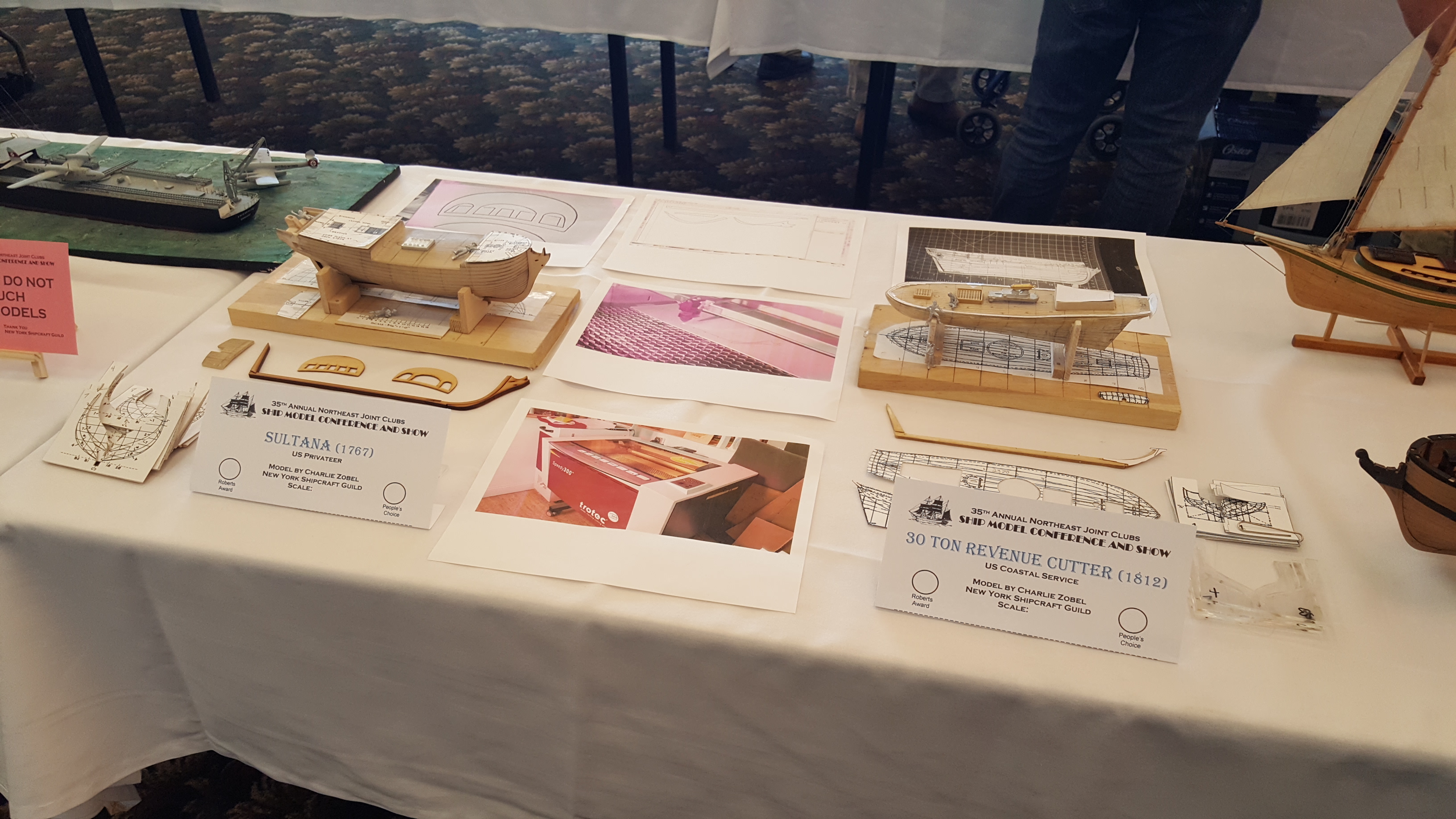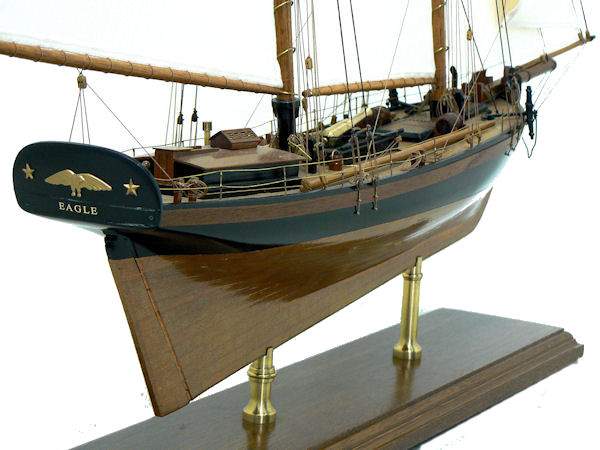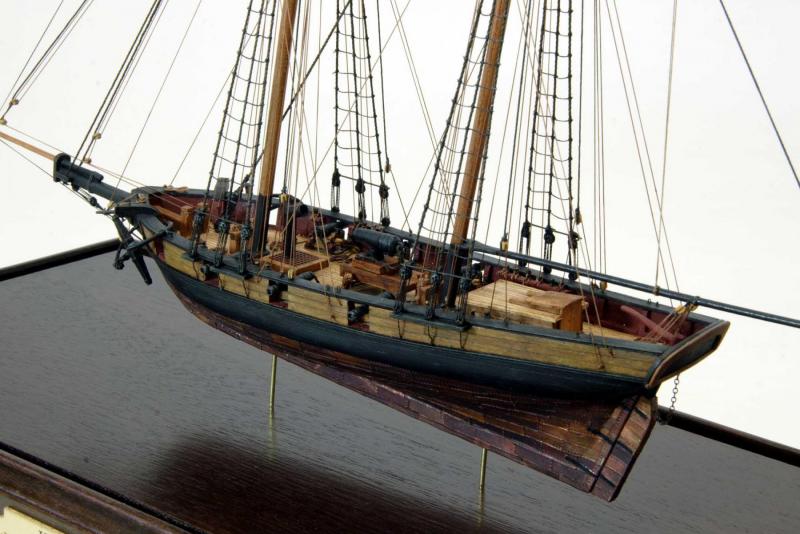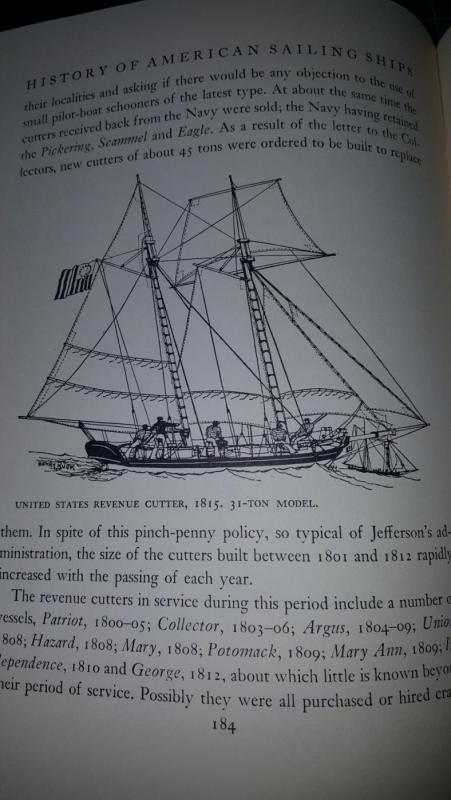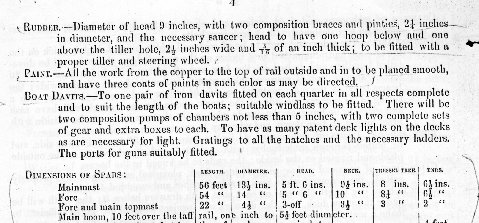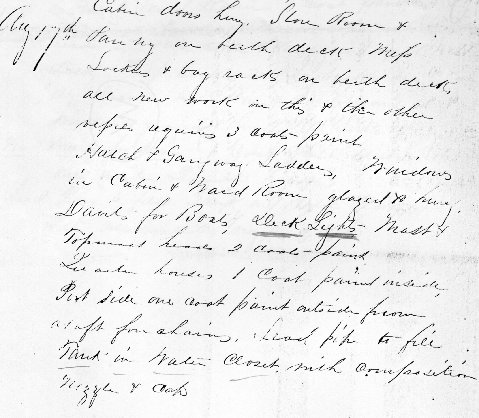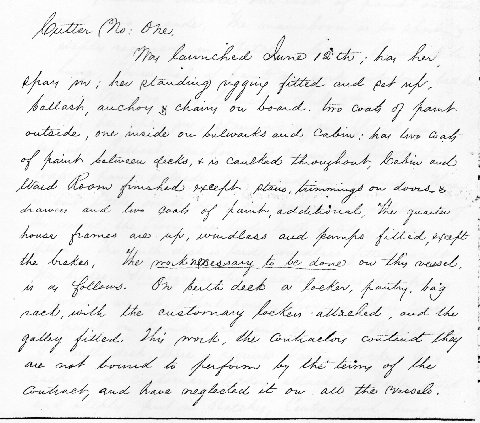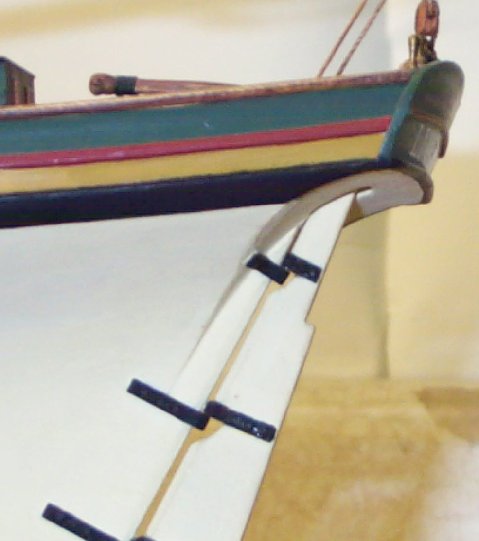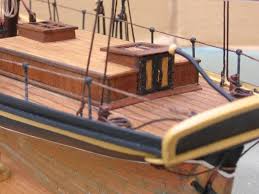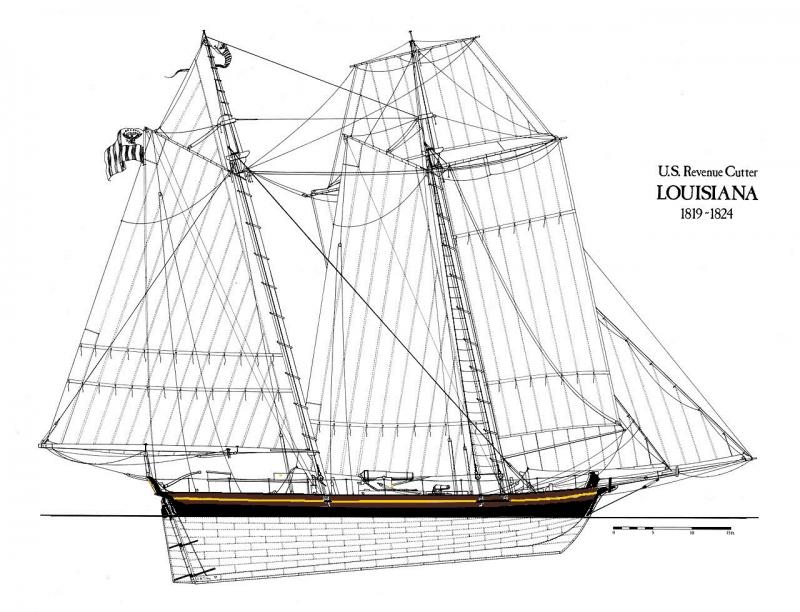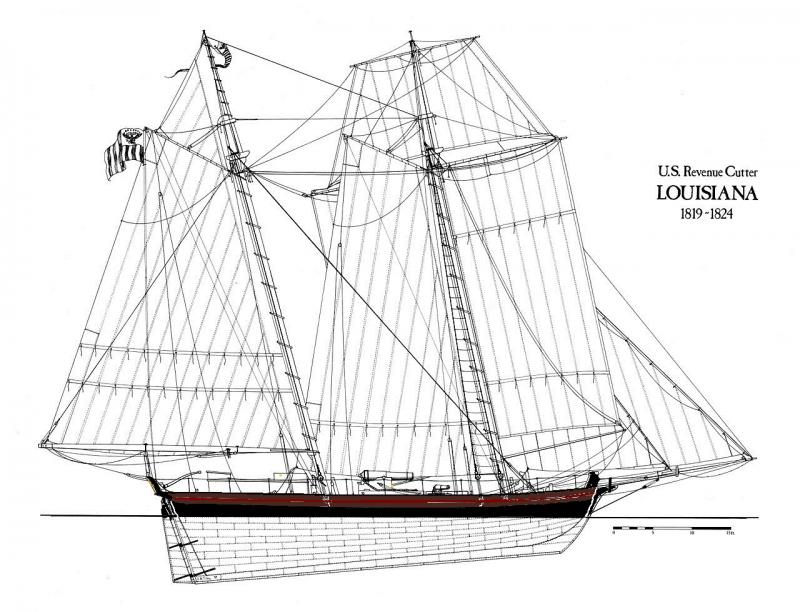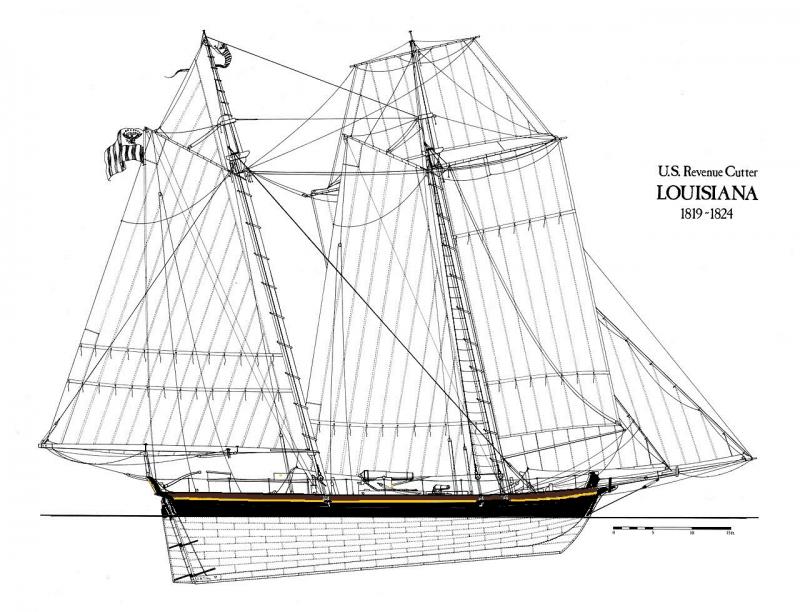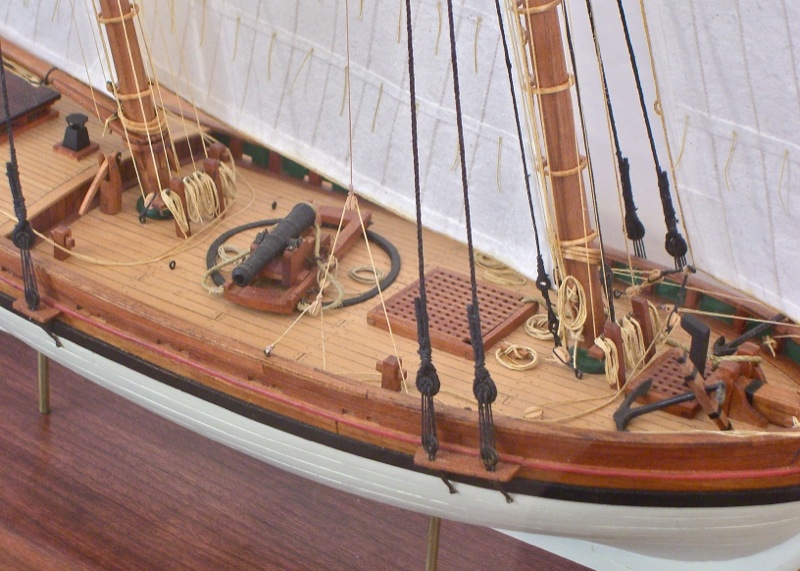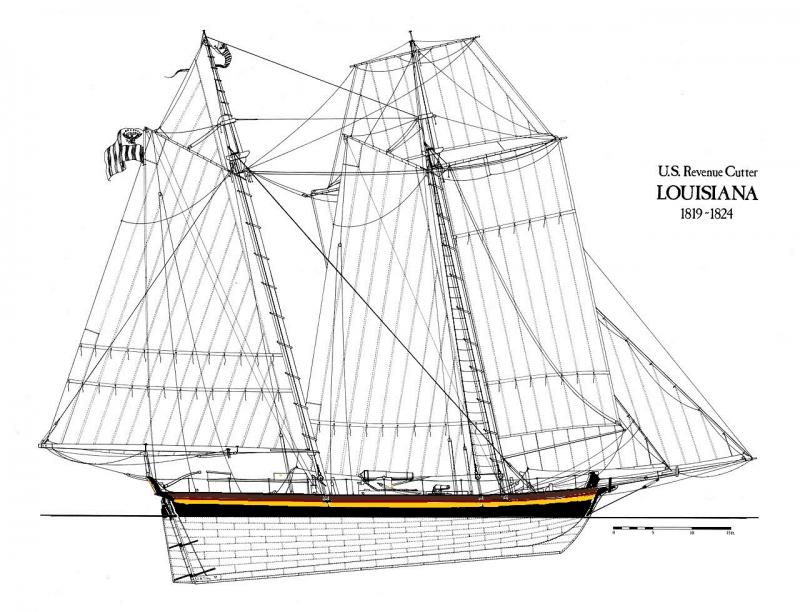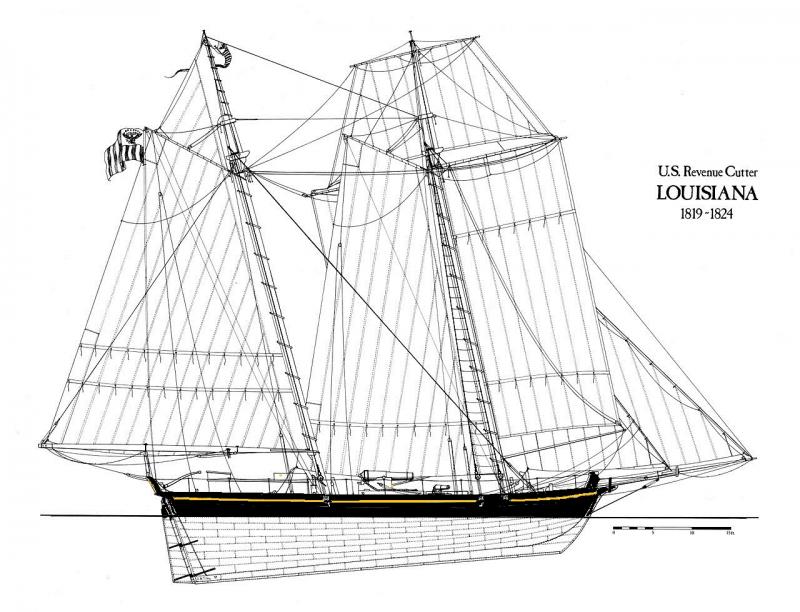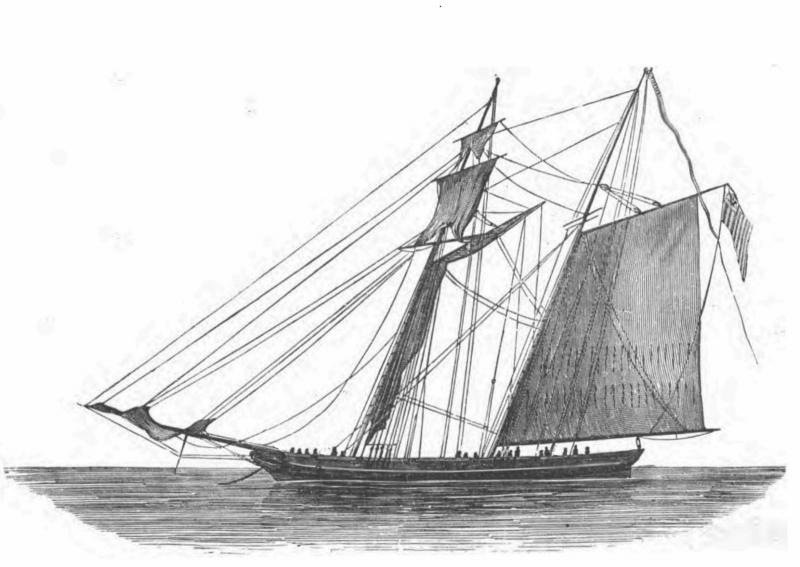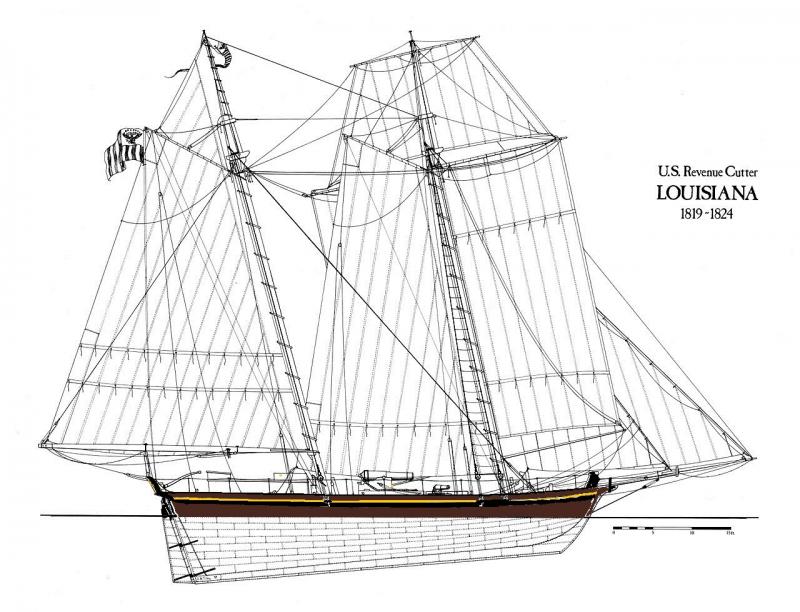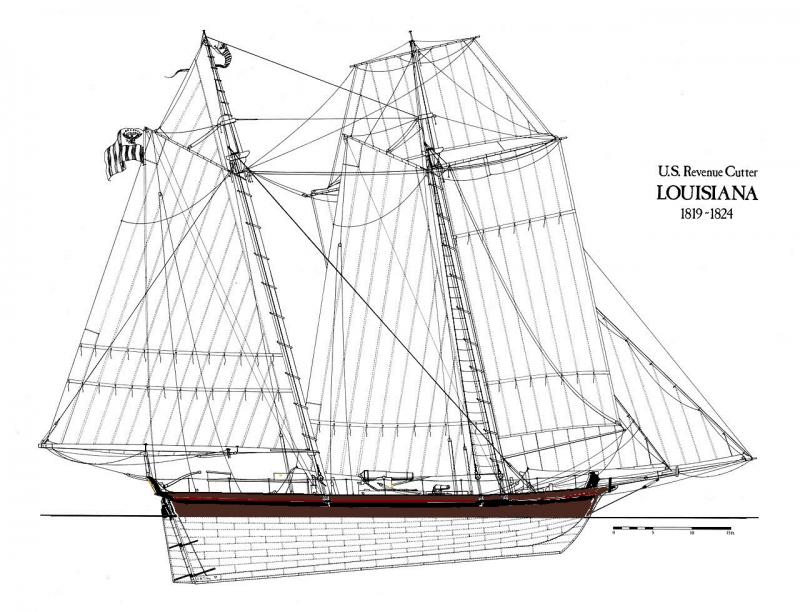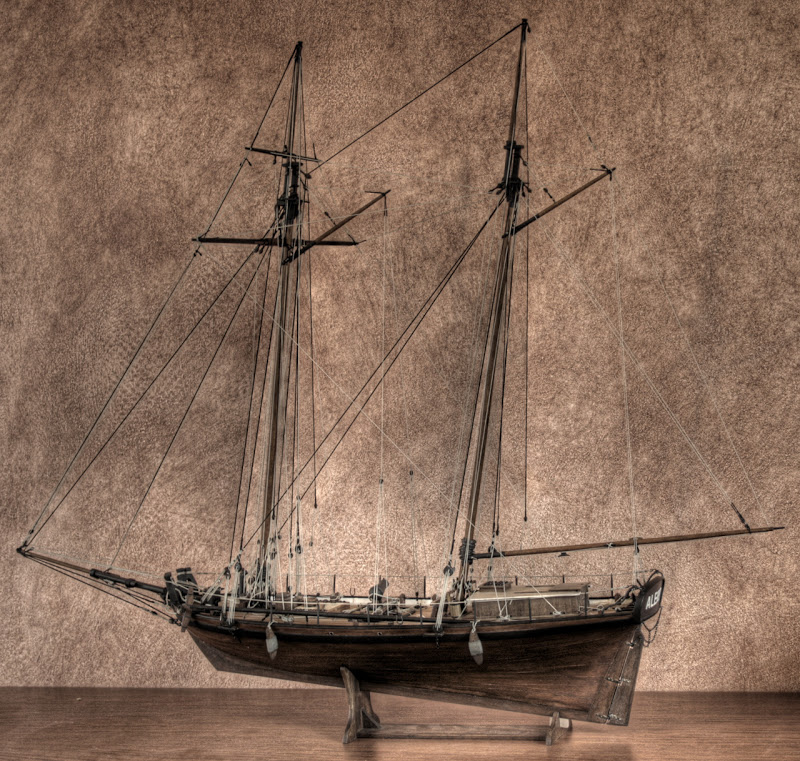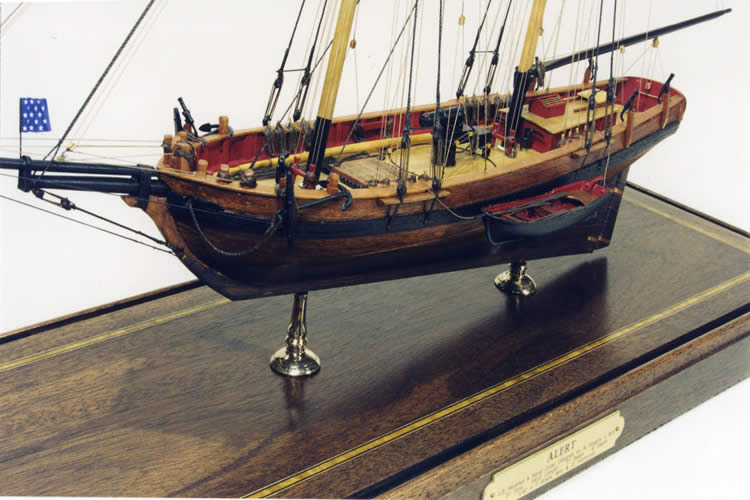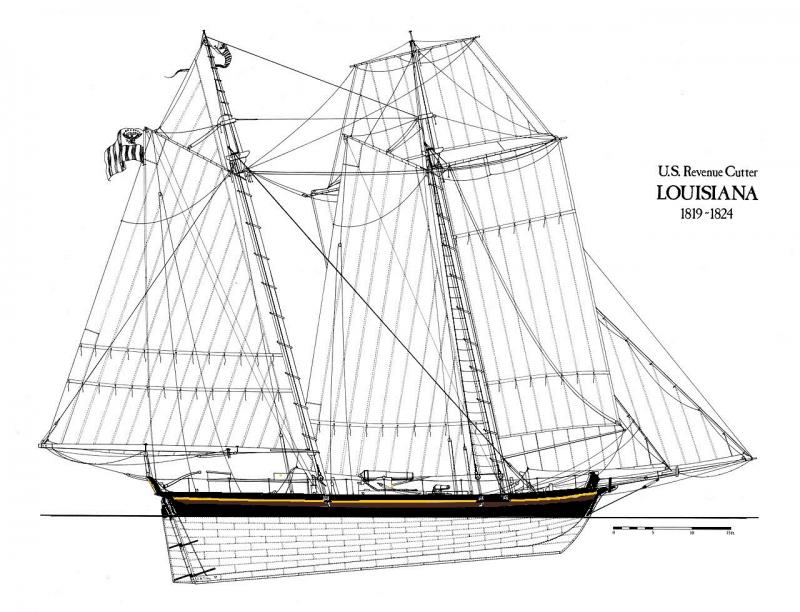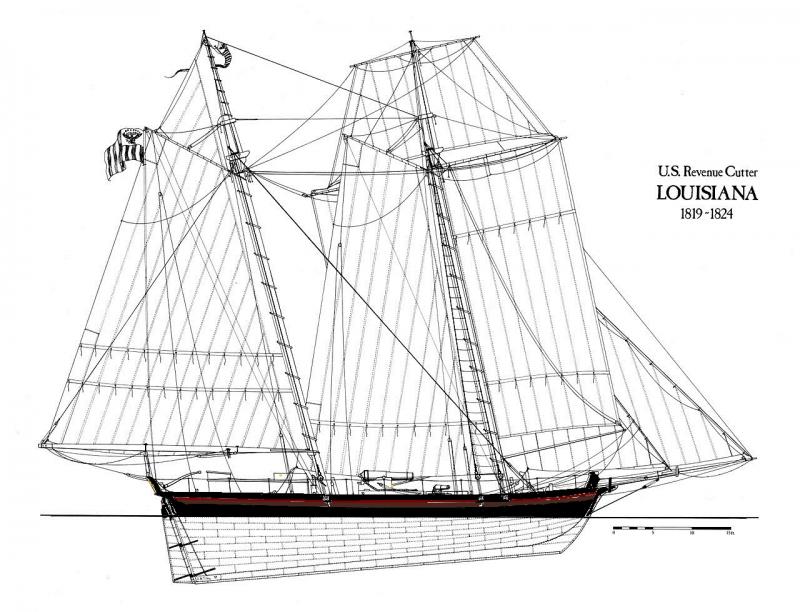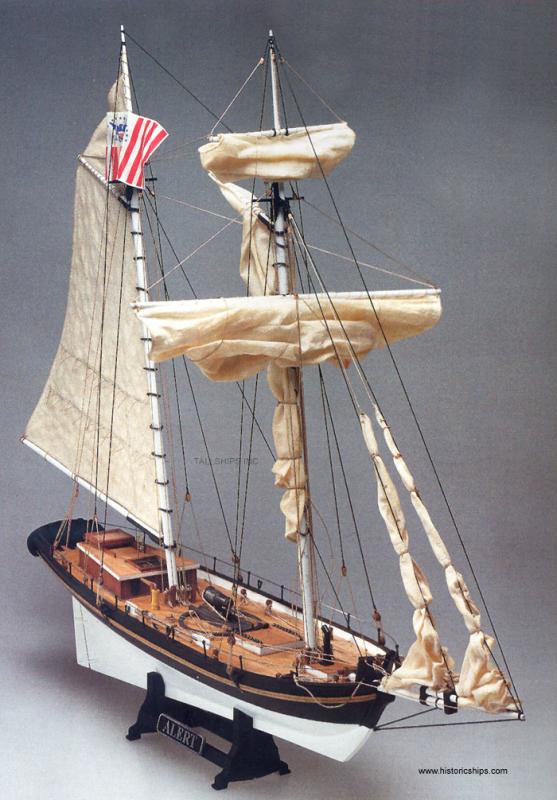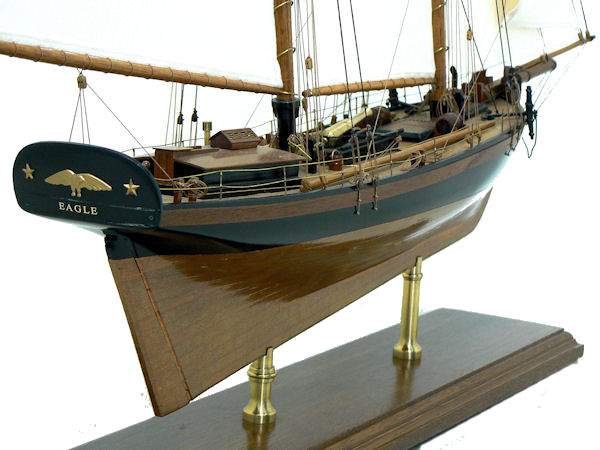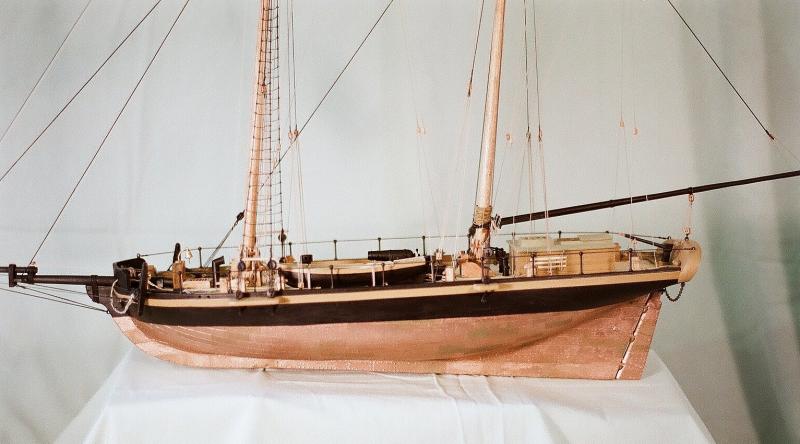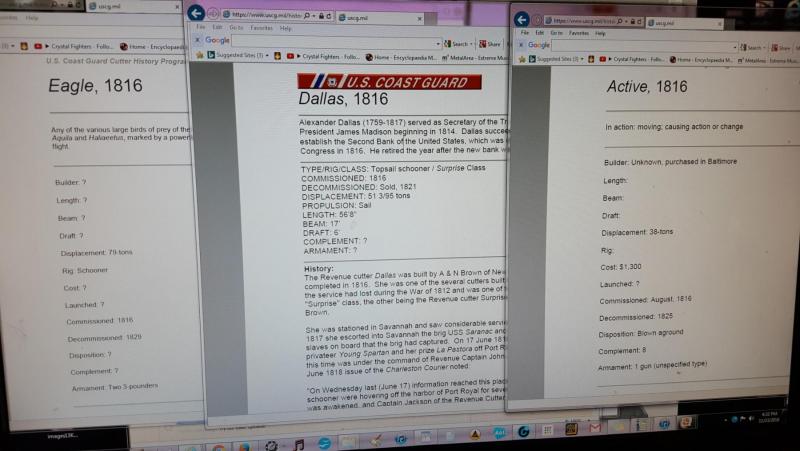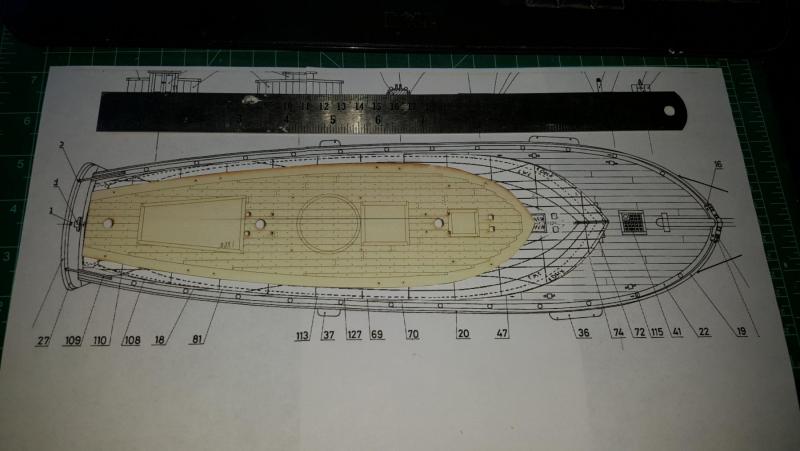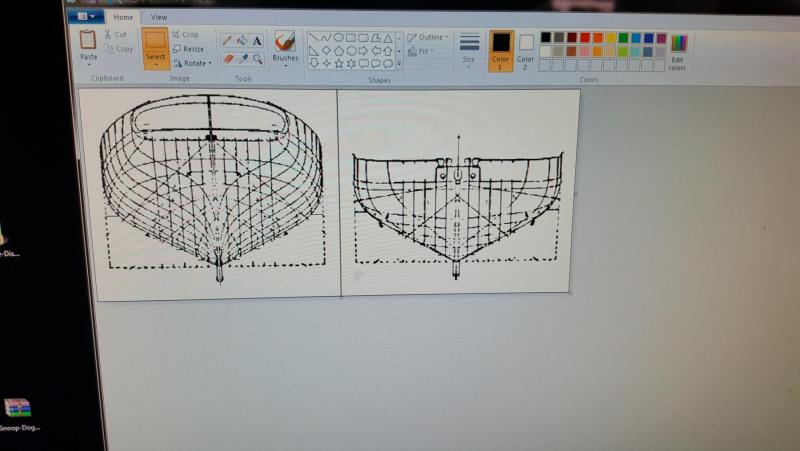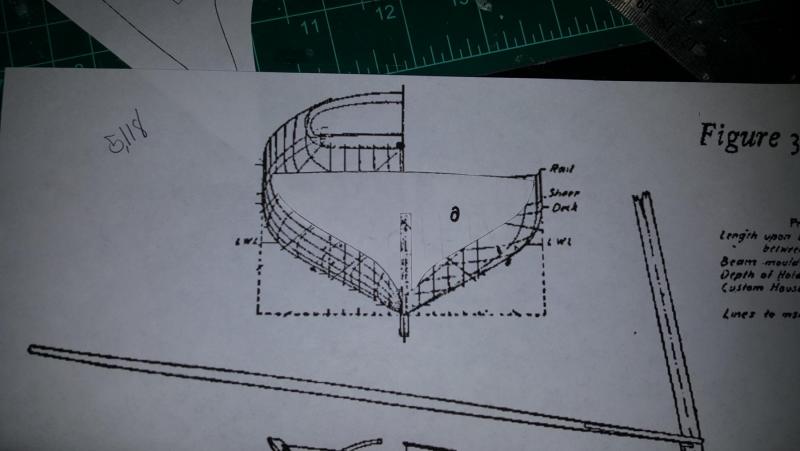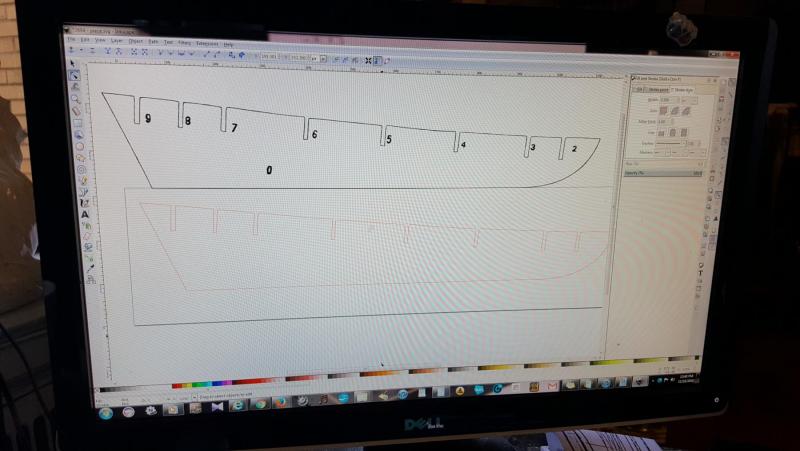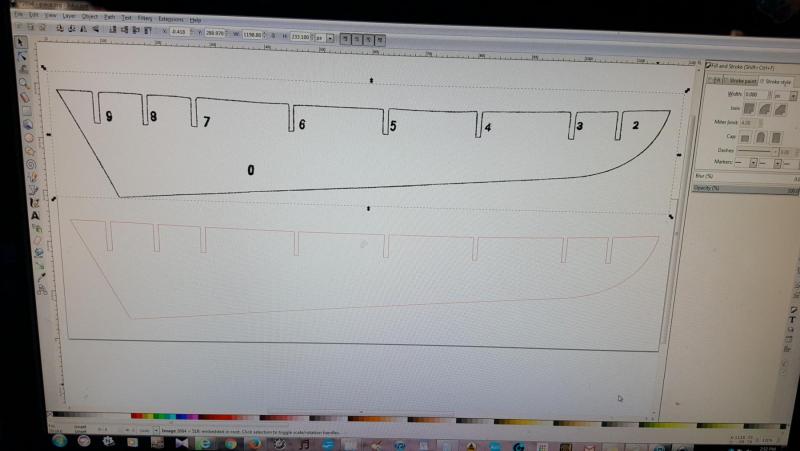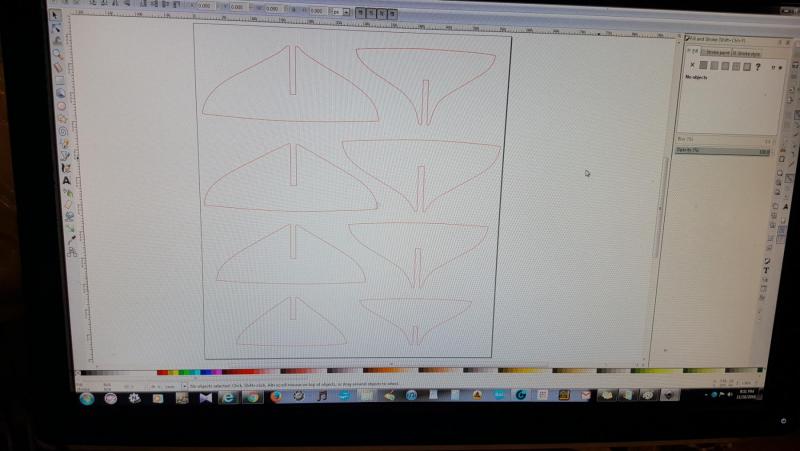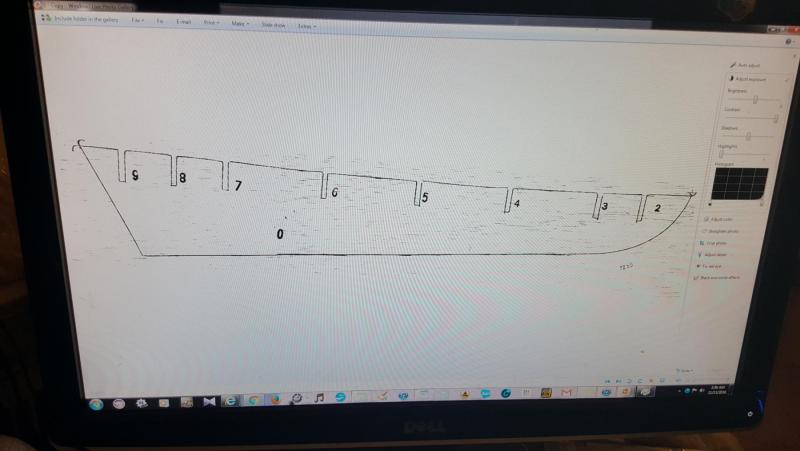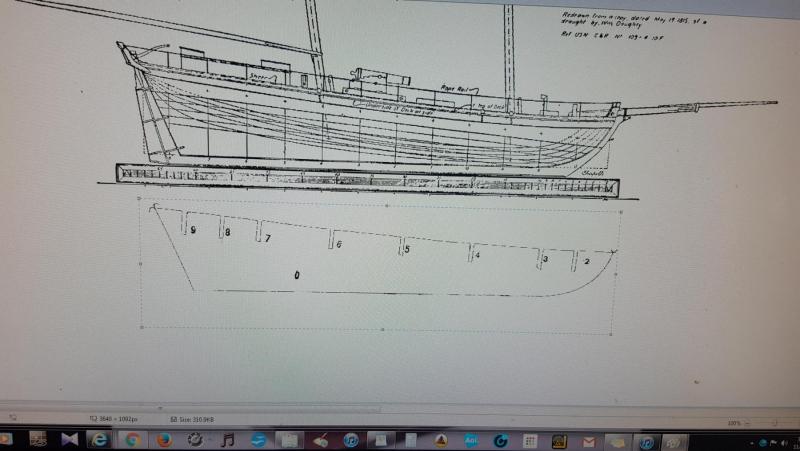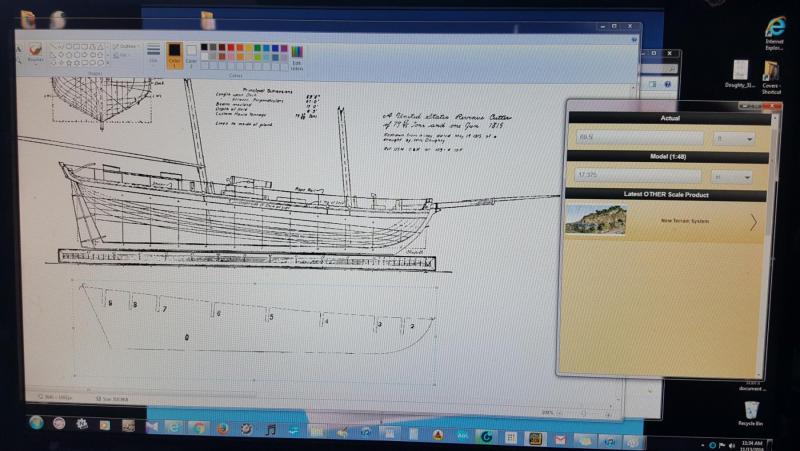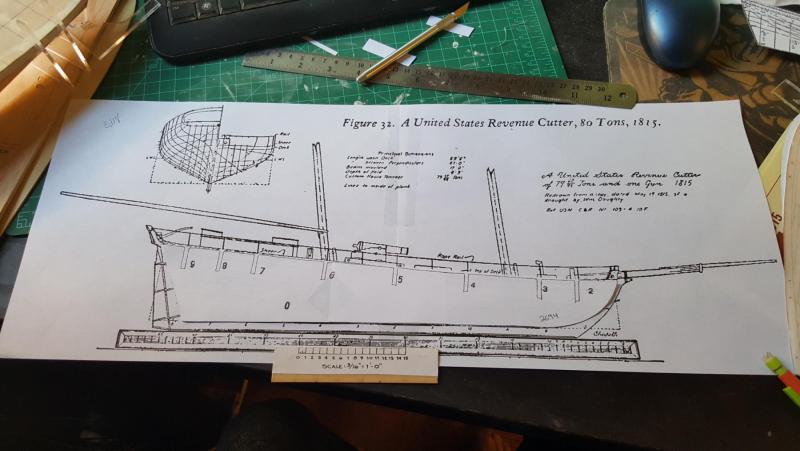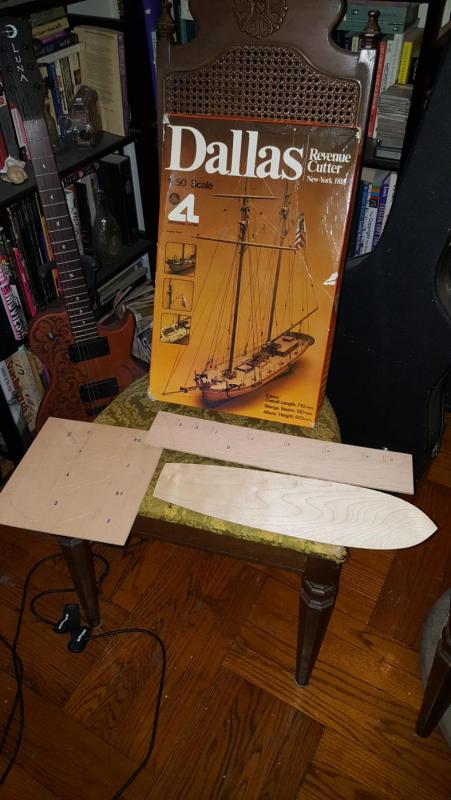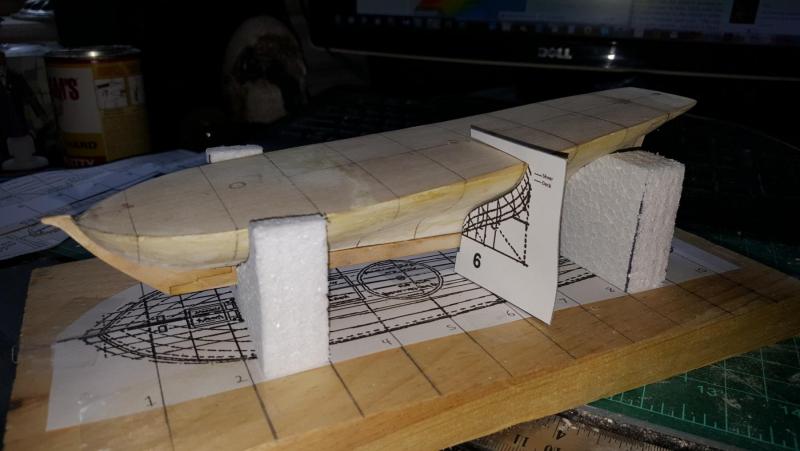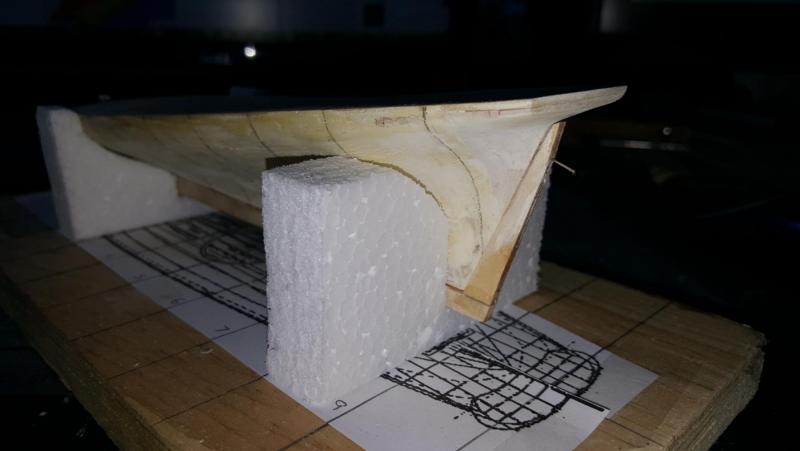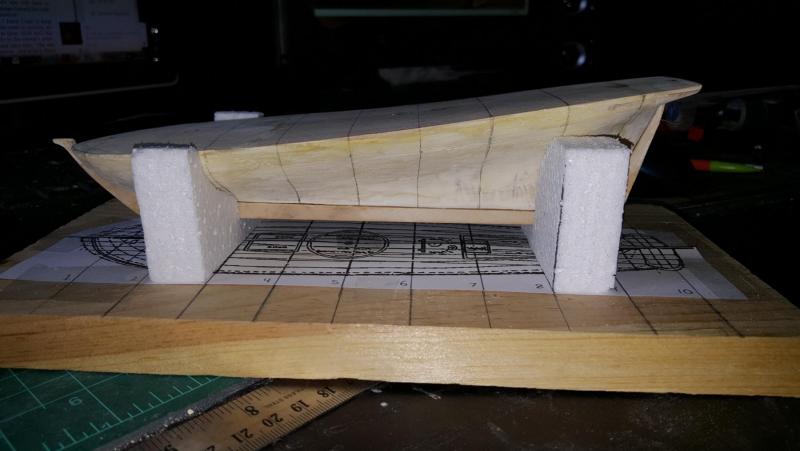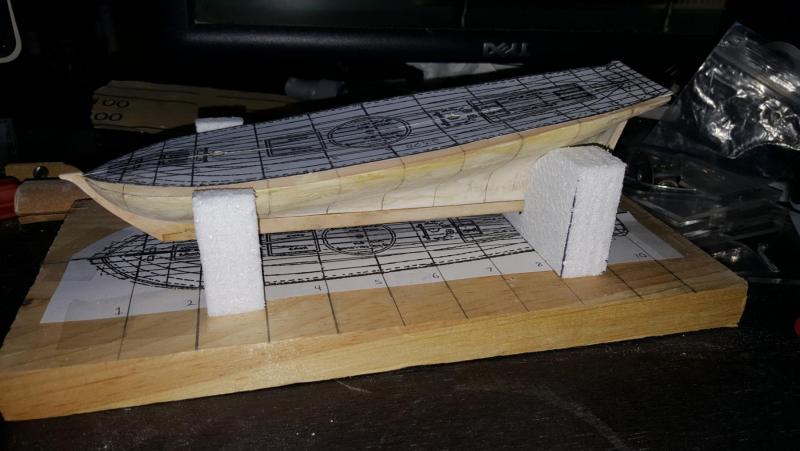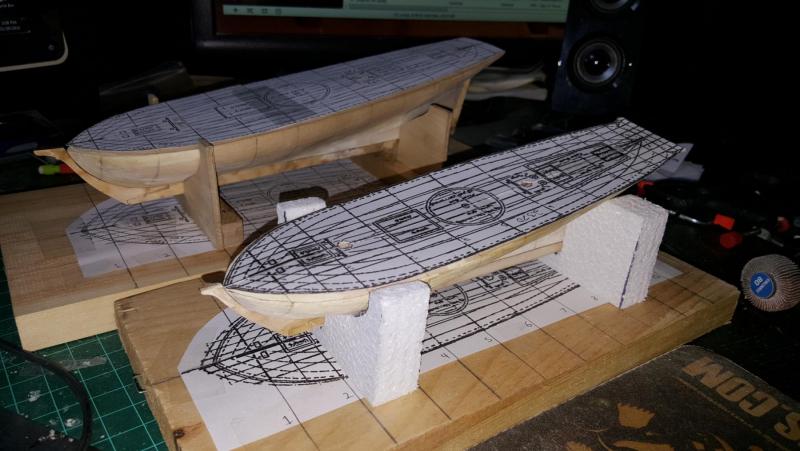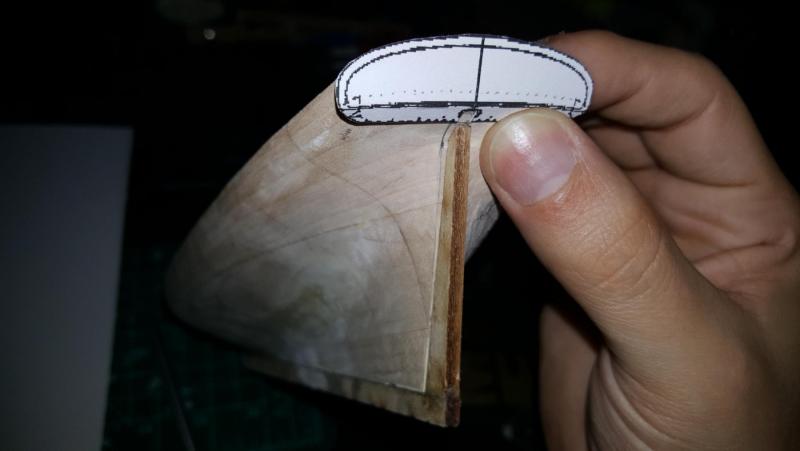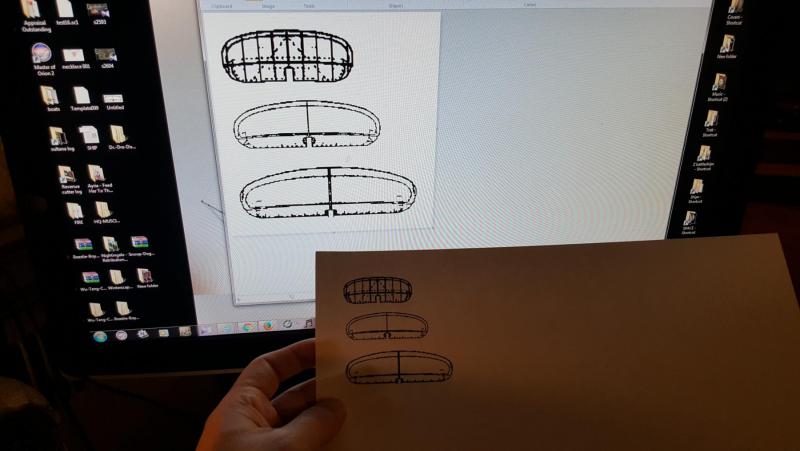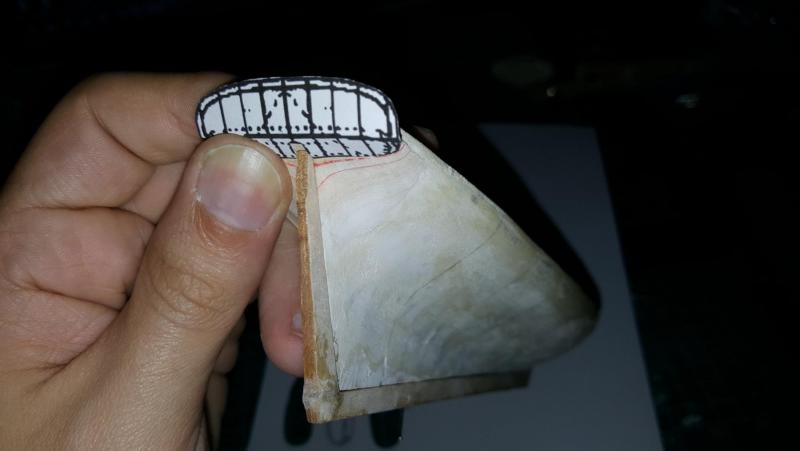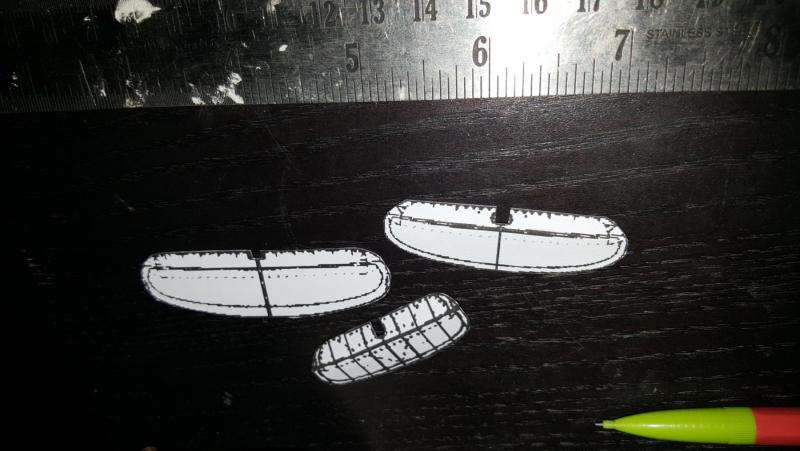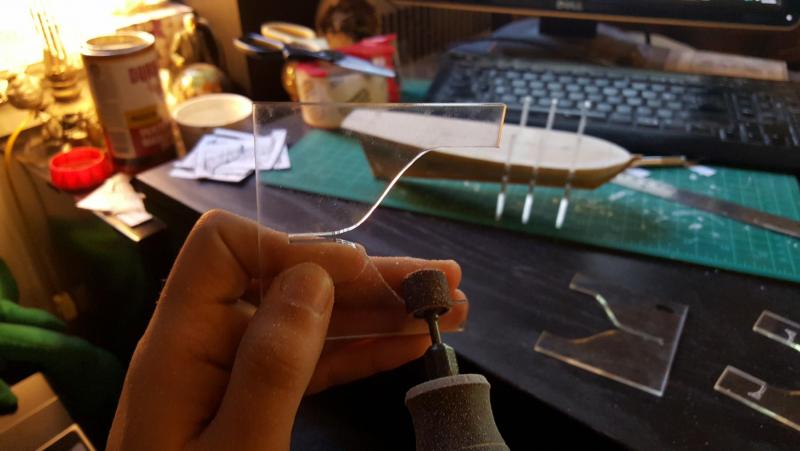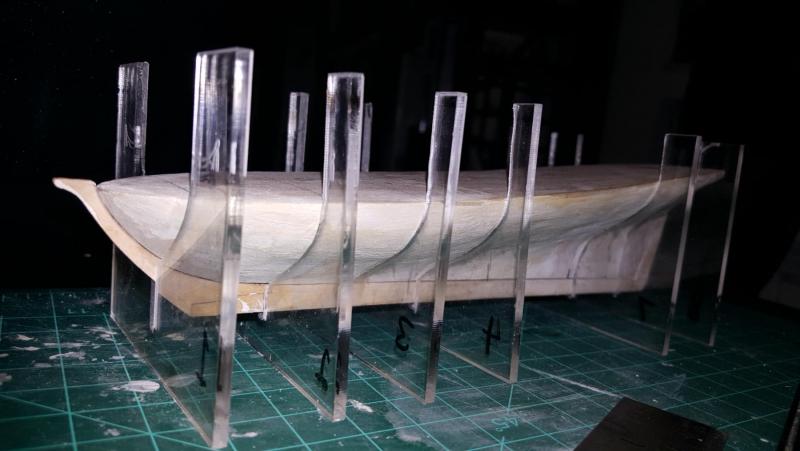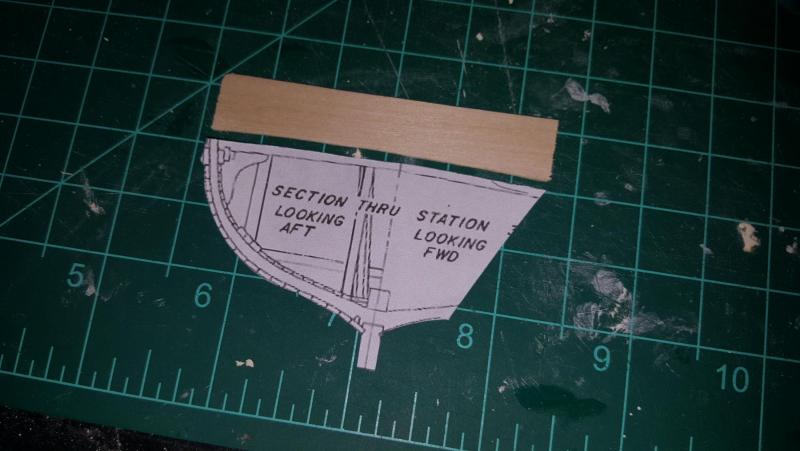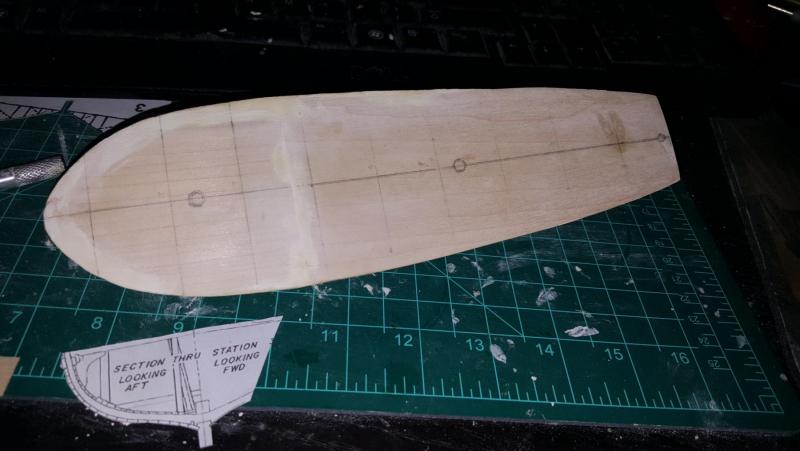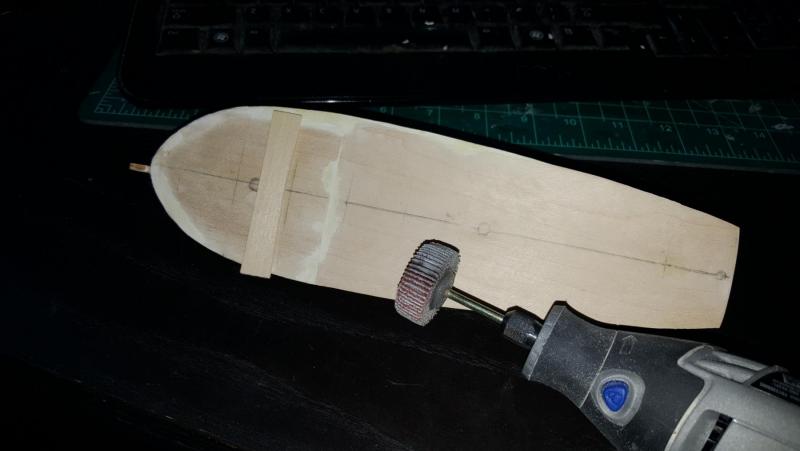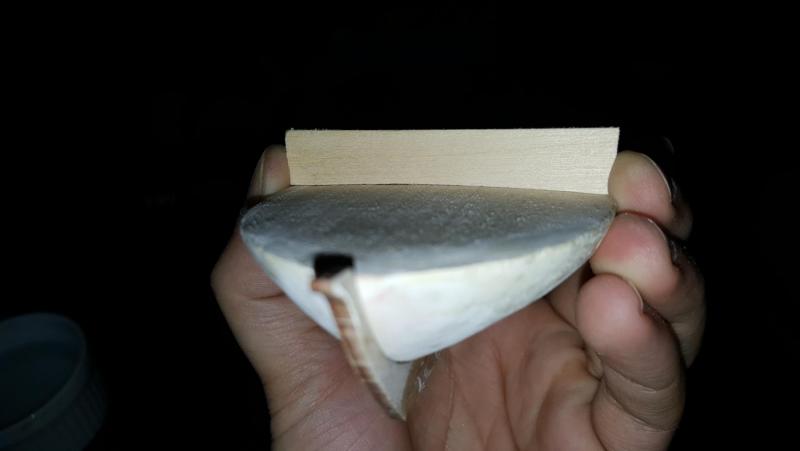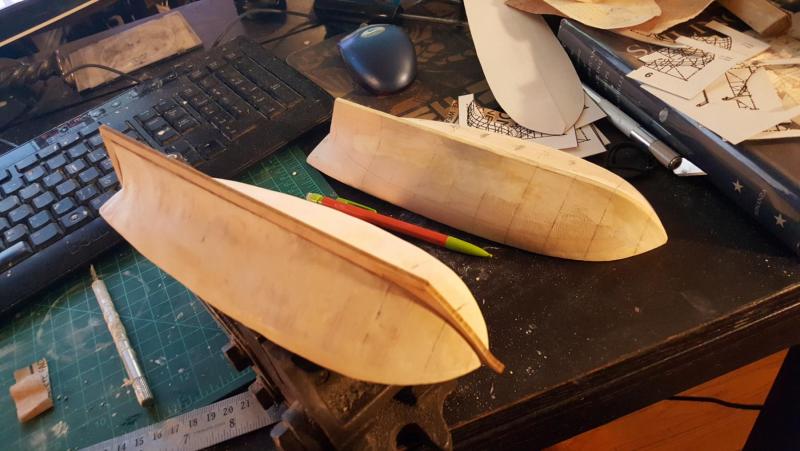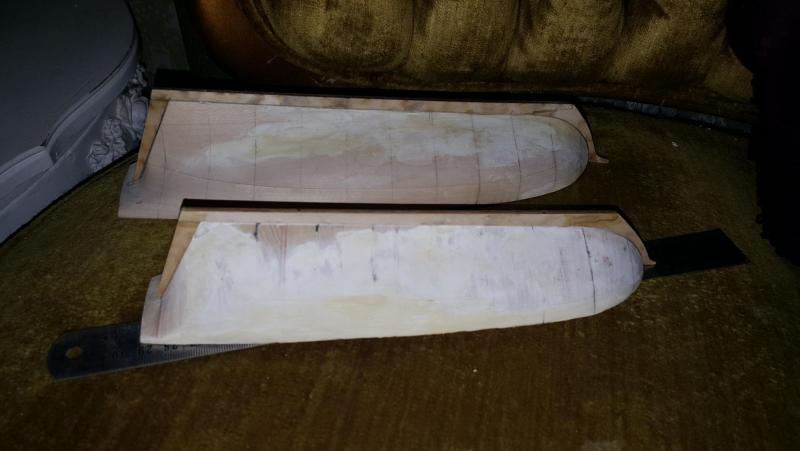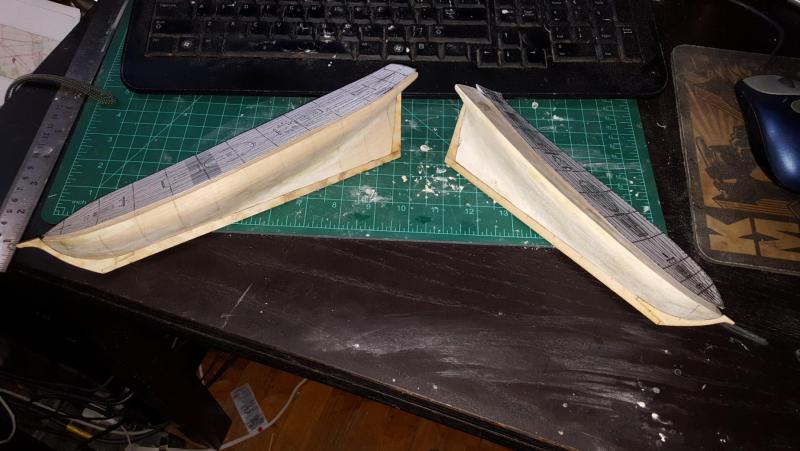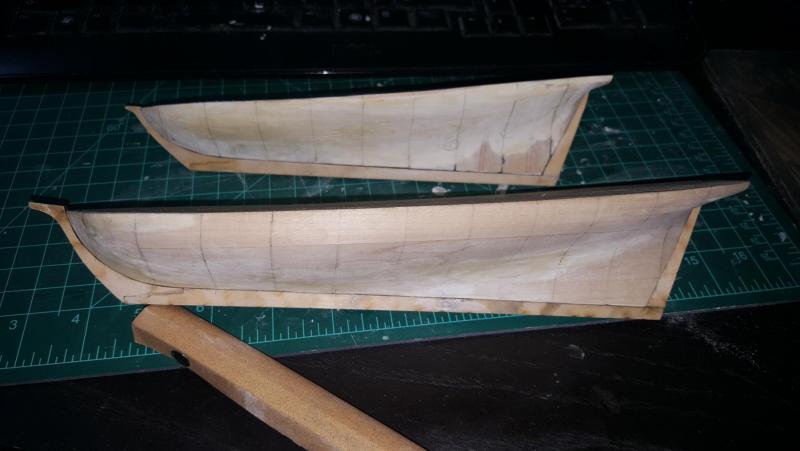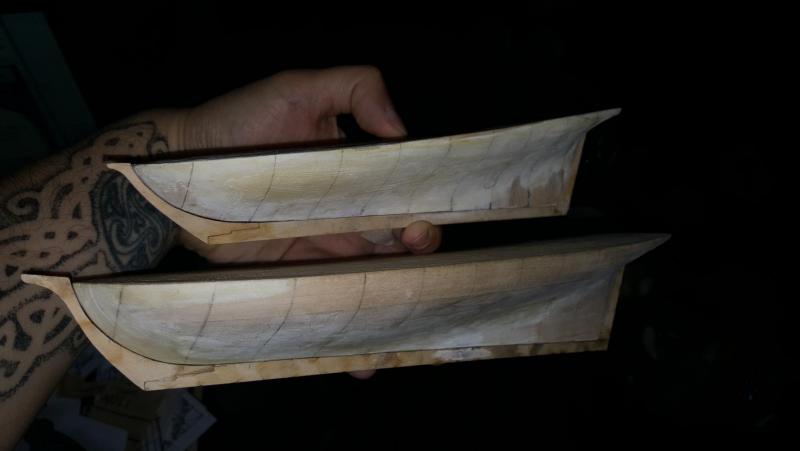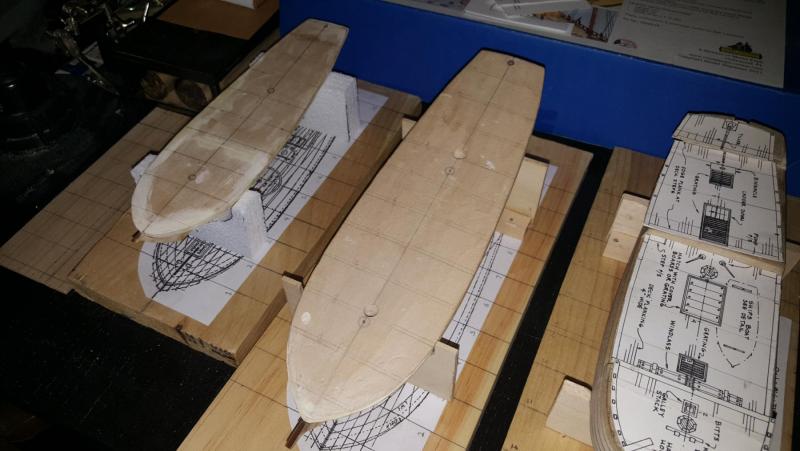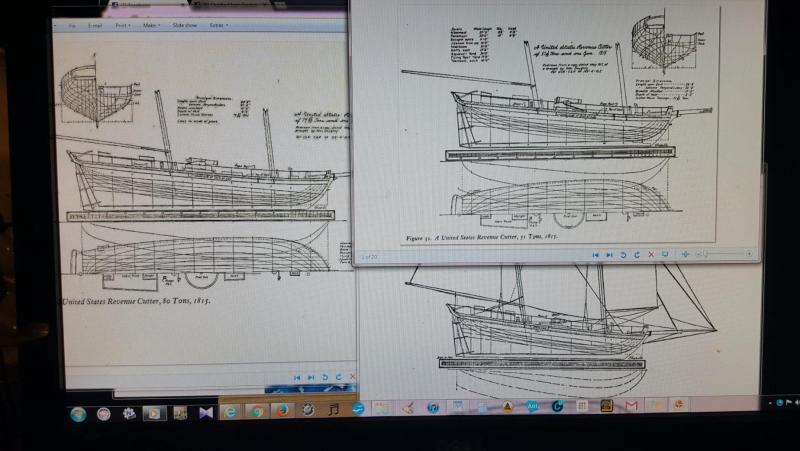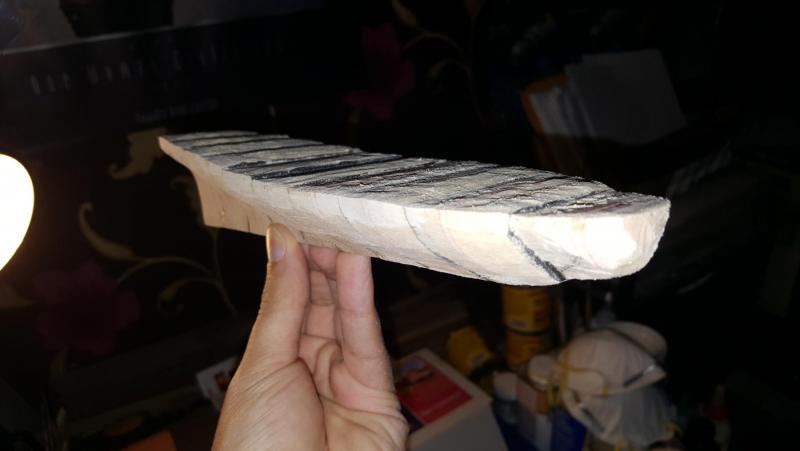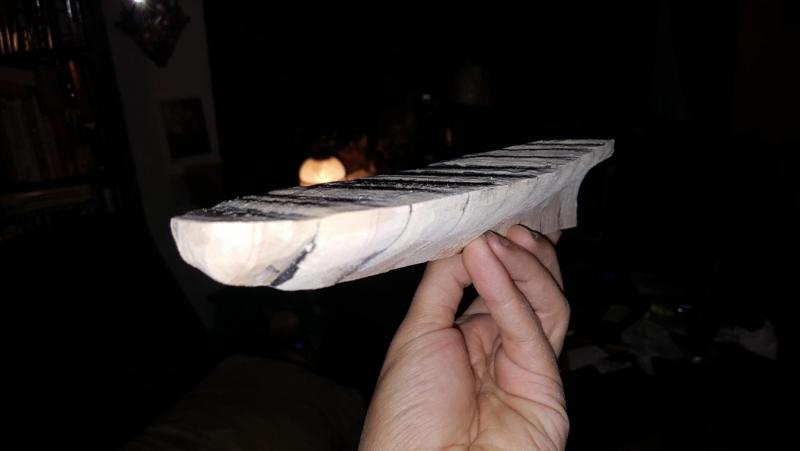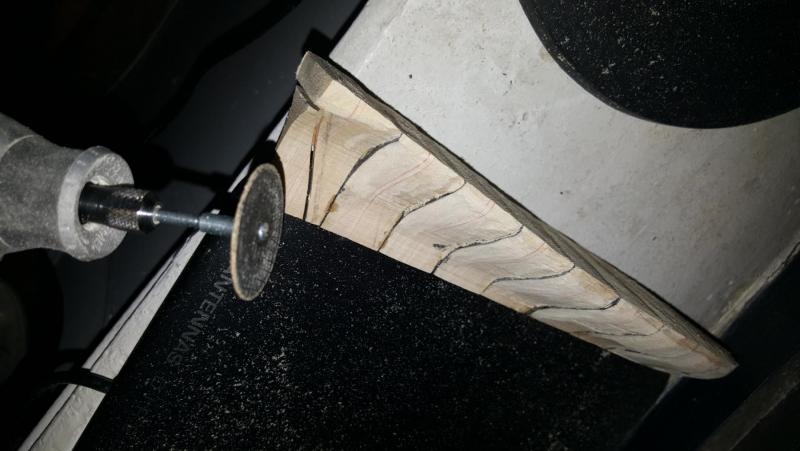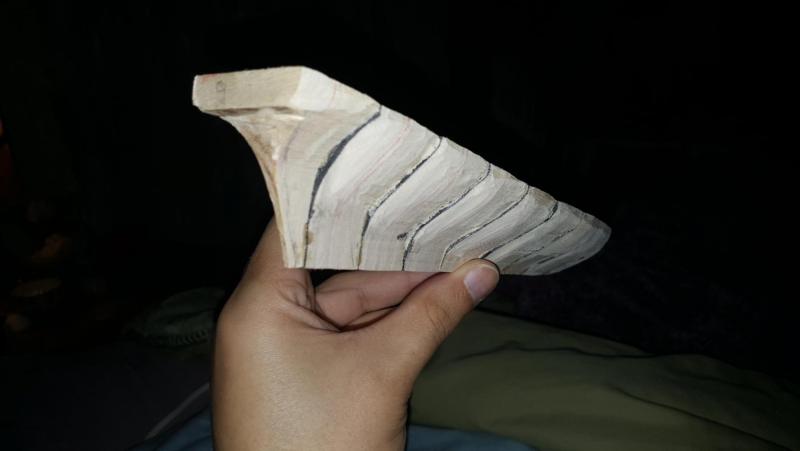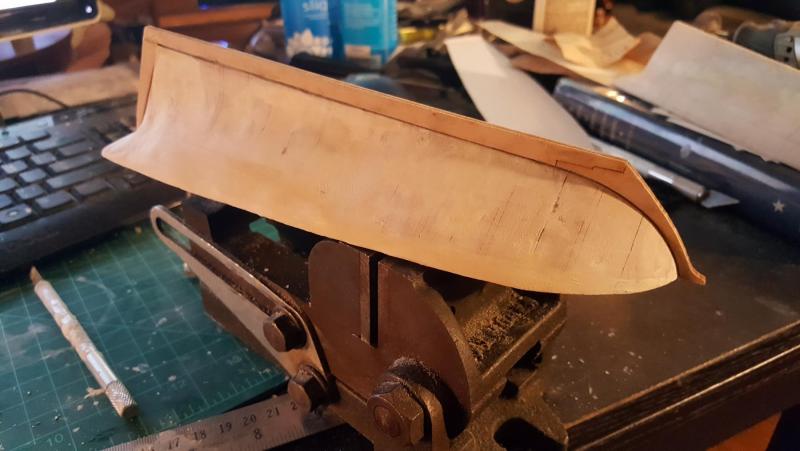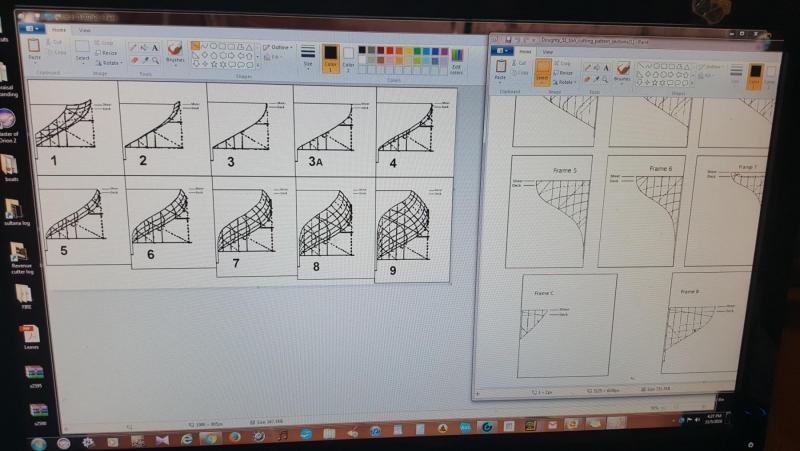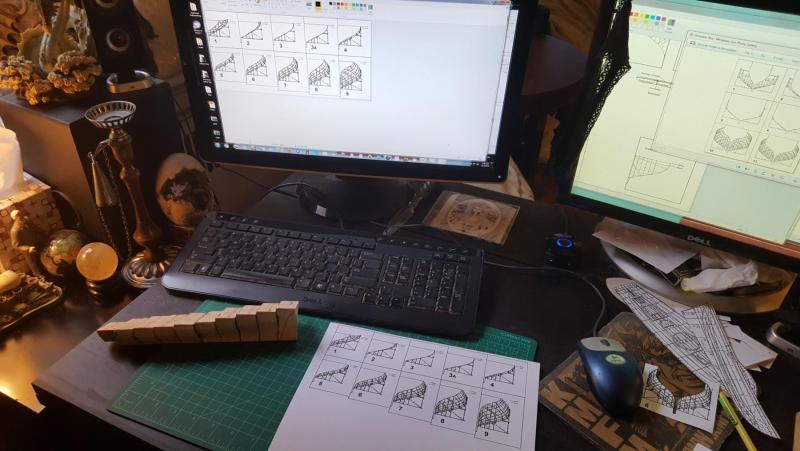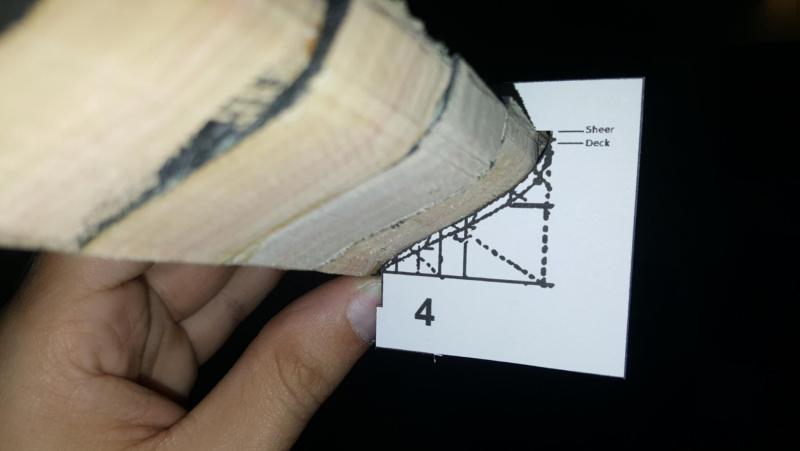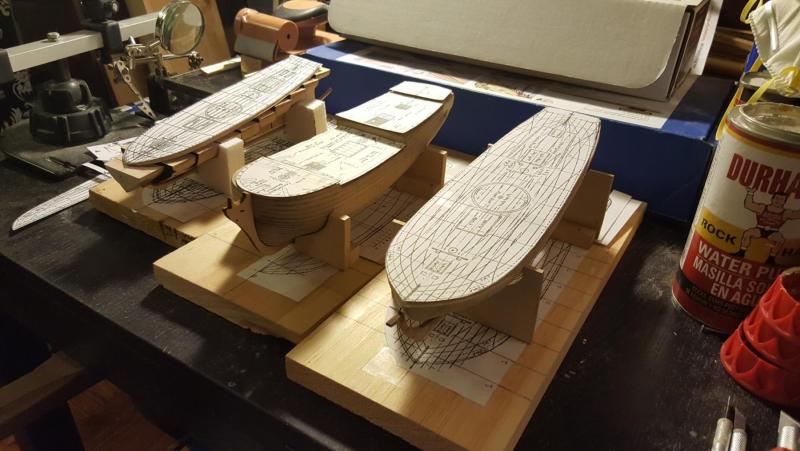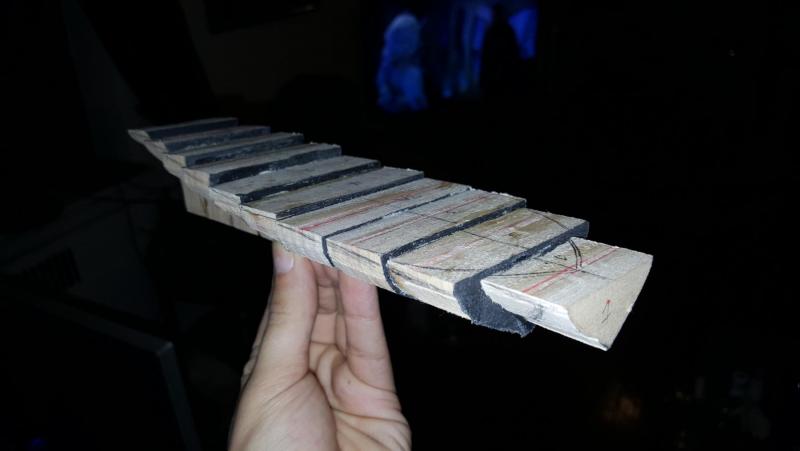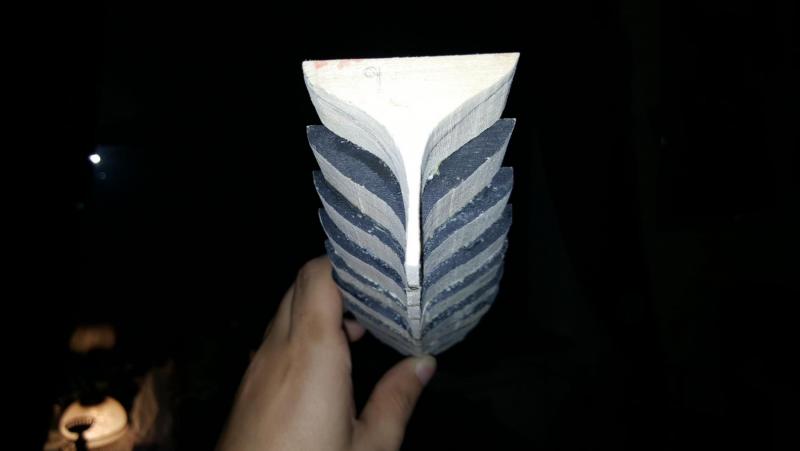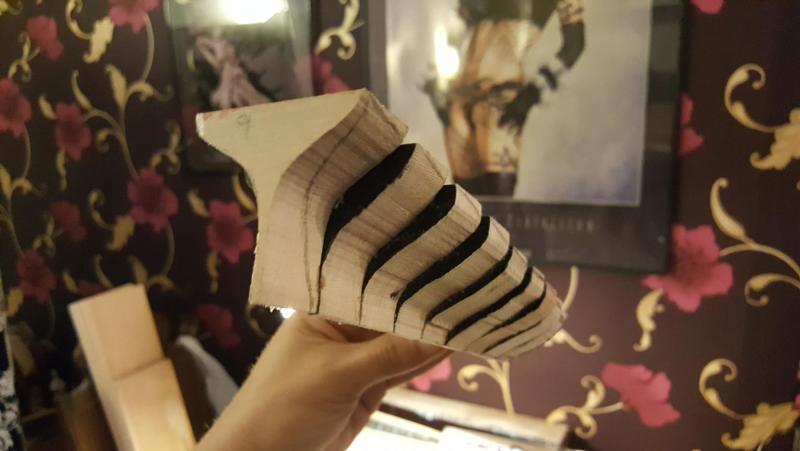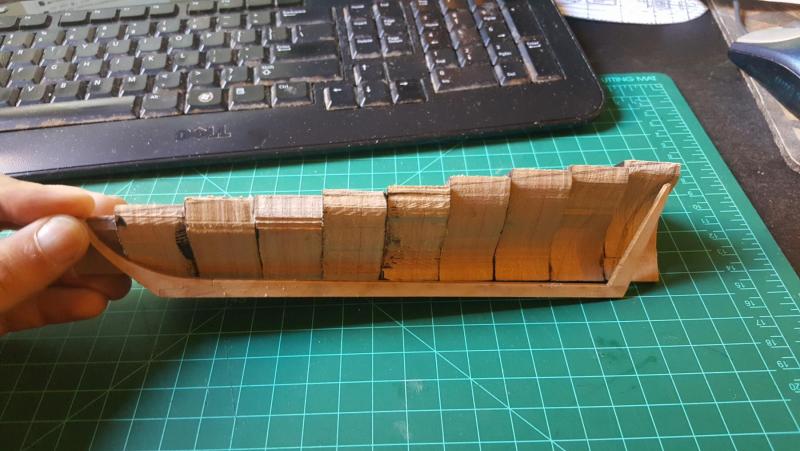-
Posts
969 -
Joined
-
Last visited
Content Type
Profiles
Forums
Gallery
Events
Everything posted by CharlieZardoz
-
Wayne are those plates a series of illustrations or plans? Sounds interesting thank you!
- 362 replies
-
- active
- revenue cutter
-
(and 1 more)
Tagged with:
-
Hi Wayne! The source is Dave S from Lumbreyard. As far as contemporary models I know of none. All I really have is this image from Chapelle's book (see below) which shows dark hull with a light stripe. These ships served such a limited function I am unaware of their likeness being recorded anywhere except the plans. What Canney and Chapelle state is that the plans were ultimately modified subsequent to these ships going into service, while Dallas, Surprise, Alabama and Louisiana were 51 tonners, the Search and Detector were a variation of some sort for northern waters. Also the Alert which is quite possibly based off the largest of the plans had cannon ports and probably looked like this model I posted below (the middle image). Chapelle called Dallas and Surprise 79 ton ships, which seems to have been disproved by Canney who is certain they were 51 ton ships, but I have no idea what research was done to come to any sort of conclusion. I'd honestly like it more if Dallas was the largest but the history seems conclusive. They both state that Crawford and Eagle was probably of the bigger tonnages, Monroe, Wasp as well. Gallatin has no info except that she might have been South Carolina renamed. Chapelle does state that while Active (which he calls Alert) in History of American sailing ships page 194 was called a purchase there is no reason to believe the ship wasn't of the smaller type and it did have one pivot gun. Obviously Mamoli and Artesania Latina used Chapelle as a source when naming their models since that was the only info available at the time and while Alert was now proven to be something different entirely, I could make an argument that Active was a 31 ton Doughty cutter. At the very least when it comes to modeling it's the most logical name with which to choose since it's not like any plan of Active exists to prove otherwise and the ship actually led a reasonably busy career fighting pirates so I can live with that lol. Both Active and Dallas actually had busy careers so there is some personal interest in building models of them. Regarding the larger ships Eagle is the only one which has a confirmed tonnage on record and while yes that could be the work of Canney it's all I really have to work with plus someone built a model of Eagle which looks nice and I can use that as a guide of some sorts. There was one Eagle which was famous but that was the prior ship a beautiful looking brig and I think the Captain Frederick Lee commanded both ships, must have felt like a bit of a downgrade hehehe
- 362 replies
-
- active
- revenue cutter
-
(and 1 more)
Tagged with:
-
So a little more investigation on this matter via a discussion with Dave at Lumberyard the general consensus is that the ships were painted using black, white and green with copper bottoms. The builders contract gives at least that, as for the breakdown of colors well it'd have to be some combination of that, though I'm leaning against the idea now that there was any exposed wood, though I may still do so for aesthetic effect at least. Note the color patterns in Lively (which I think is a model based off the 30 ton 1829 ship from Chapelle's book) and a beautiful model of Alabama a 51 ton ship.
- 362 replies
-
- active
- revenue cutter
-
(and 1 more)
Tagged with:
-
The yellow or light wood whatever you want to call it strikes me as something similar to clipper ships and pilot boats of the time. I think it was too early for the white strip that Corel's Ranger suggests, however I'm taking it off a model of Dallas from shipmodel.net also images of Dapper Tom model that I've seen. But I'm uncertain so any sources others may be aware of could be helpful in my understanding. I know the bulwarks were white and the bottom likely coppered so it's what's in between which I'm considering my options and also I'd like each boat to be a bit different. Maybe Dallas will have a green strip, Active a red strip and Eagle a yellow strip or somesuch
- 362 replies
-
- active
- revenue cutter
-
(and 1 more)
Tagged with:
-
Well they mainly hunted pirates and were small but you make a good point. It was after the war so there was less need to be covert so for me im leaning towards the last few images similar to lively which also gives the best of both worlds as far as color scheme and planking skills/painting
- 362 replies
-
- active
- revenue cutter
-
(and 1 more)
Tagged with:
-
That last one looks like pb and j on toast lol
- 362 replies
-
- active
- revenue cutter
-
(and 1 more)
Tagged with:
-
The next options get interesting, this would be black below the wale and the railing while the wale and below the railing is in wood with various colored stripe. This is very similar to the lumberyard's model of Lively and I also gave options for a black wale as well? Feedback is welcomed.
- 362 replies
-
- active
- revenue cutter
-
(and 1 more)
Tagged with:
-
Some contemporary drawings show ships with only 1 or 2 very thin strips among black hulls this could be a choice as well though I cant help but feel it's a tad dull?
- 362 replies
-
- active
- revenue cutter
-
(and 1 more)
Tagged with:
-
Next we have brown/wood hull with a black wale. This is similar to other models of the cutter I've seen and looks nice but I sort of feel that by 1818 so much bare wood wouldn't have been likely? PS that Dirk's gorgeous model of Alert there.
- 362 replies
-
- active
- revenue cutter
-
(and 1 more)
Tagged with:
-
Ok so lets look at our options. The coast guard site offers little help only that old ships were black with white interiors. Most of the models of these cutters I've seen are broken up into 2 categories, black hull with brown or yellow wale or brown (wood) hull with black wale. Then you have various red or yellow stripes. This design matches up closely to the mamoli kit color scheme and also makes the ship look much like privateers of the time.
- 362 replies
-
- active
- revenue cutter
-
(and 1 more)
Tagged with:
-
Thanks Doc! Welcome aboard So let's have a moment discuss names and color schemes of these ships. The nameing is somewhat easier than the color scheme but the information on Doughty's ships is somewhat vague. What I do know is that these ships were built to prevent piracy and replenish the coast guard after the war of 1812. Of the 3 classes, according to the coast guard website and Donald Canney's book which are the most recent and up to date source the Eagle and Crawford were very likely of the largest type. Of the mid sized type two ships Alabama and Louisiana are pretty much confirmed to be 51 ton ships, there is also confirmation via the site that Dallas and Surprise were of this type as well. This is in contrast to Irving King's Coast Guard Under Sail book and infor in Howard Chapelle's book which has Eagle and Crawford as the mid type and Dallas and Surprise as the larger however that book was dated from 1989 and the information within it looks out of date to modern sources. Alert while a larger type, also had 4 cannon ports per side so if she is a Doughty design she was significantly modified. So were Search and Detector which were an in between size about 65 ton? The real issue is the 31 ton ship, I am not even sure if any were ever built. However I want to name her something and of that there sort of 2 options. One is Gallatin which was also the South Carolina probably renamed. This ship has no info from what I can tell and accomplished nothing historic so I could just utilize the name for the sake of it. The other is Active which is supposedly a purchased vessel, however it had one gun, was 38 tons (the smallest confirmed tonnage) so I could close one eye and just let it be. Chapelle states that this ship which he incorrectly called Alert could have very well been built from the Doughty design though King claims it wasn't. Meh ;P So in conclusion the models will probably be 31 ton (Active or Gallatin) 51 ton (Dallas) and 79 ton (Eagle). I'm more inclined to use names rather than States seems more personable (less battleship-ish). How does that sound to all of you I'm open to thoughts As for color schemes give me a few moments....
- 362 replies
-
- active
- revenue cutter
-
(and 1 more)
Tagged with:
-
- 362 replies
-
- active
- revenue cutter
-
(and 1 more)
Tagged with:
-
It was important for me to check the accuracy of the AL kit's templates since some revenue cutter kits have rather significant innacuracies. This didn't seem to be the case for the old Dallas kit the bulkheads all lined up perfectly with the plans when I printed out the resized templates on pieces on paper.
- 362 replies
-
- active
- revenue cutter
-
(and 1 more)
Tagged with:
-
I did the same with the bulkheads. After converting the parts I then put them into the laser program and now they are ready to be brought to the laser cutter. Ezpz!
- 362 replies
-
- active
- revenue cutter
-
(and 1 more)
Tagged with:
-
So here's how to convert a plank of bulkhead kit and if I can convert this one I can convert any kit (though remember this kit is discontinued). I scanned the skeleton pieces then worked the contrast to get rid of the color, then resized them using a formula and checked the size using scanned copies of the Doughty plan from the book. Converting from 1/48 (not 1/50 like the kit suggests), to 1/64 which converts the kit hull 17.375" to about 13" a difference of about 74.82% or the multiple .7482. So after scanning a part just times the pixels let's say 3000 by .7482 and you get 2245 the size of the part at 1/64 scale. You can see that a printed image lines up with the plans perfectly now.
- 362 replies
-
- active
- revenue cutter
-
(and 1 more)
Tagged with:
-
So now for confession time. I saw a deal on ebay for the old Dallas kit for $50 so picked it up. The kit is 1/48 scale so the parts won't be used however she is modeled after the 80 ton cutter so decided to convert the kit to 1/64 in a similar manner to how I converted the 50 ton kit. This model will be done last but I started some of the process so you can see how it's assisting me in the other two. The use of this kit helps me in understanding the changes between each cutter how the shape changes/gets bigger yet planking seems to have stayed the same (width of planks), and other parts helping me understand camber, etc. for the other 2 models. I just needed to see all 3 in perspective as they are sort of connected and don't fully trust myself as a scratch kit builder just yet. It also means that each cutter is going to be built in 3 different ways, block of wood, bread and butter slices and plank on bulkhead! Learning a lot with these 3 and will apply that to Sultana when I get back to her.
- 362 replies
-
- active
- revenue cutter
-
(and 1 more)
Tagged with:
-
Here are the final images of the 30 ton hull as she is now about 9 and 1/8". In comparison to Sultana which took me a few months to shape, this one took me like 1-2 weeks, so definitely getting the hang of this. I still want to sand a little off the bow and the keelson area to make way for planks but overall it's good to go!
- 362 replies
-
- active
- revenue cutter
-
(and 1 more)
Tagged with:
-
- 362 replies
-
- active
- revenue cutter
-
(and 1 more)
Tagged with:
-
So the last part was perfecting the stern which you can see what the transom for each cutter looks like on the screen. Look how they get longer and also note the dotted line where the deck ends. I cut out all 3 and then fit them on and fine tuned the sanding.
- 362 replies
-
- active
- revenue cutter
-
(and 1 more)
Tagged with:
-
Fine tuning the shape was done with acrylic templates made at the laser shop which don't bend like the cardstock. Also the deck camber was accomplished using an image from the plans of Lumberyard's Lively which was very generously emailed to me. Making a little curved wood piece I added the camber to the deck. The deck itself was a piece of 1/'8" and 1/16" basswood sheet glued onto the top of the wood sections. It worked out great!
- 362 replies
-
- active
- revenue cutter
-
(and 1 more)
Tagged with:
-
Here is some images of the 2 Doughty cutters lined up together. You can see the differences in the shape, the bow much more pointed and triangle-ish on the 30 ton, and the angel of the draught is more extreme. Look at the plans of all 3 you can see the flattening out of the shape, the 50 and 80 ton similar but 80 is longer.
- 362 replies
-
- active
- revenue cutter
-
(and 1 more)
Tagged with:
-
Shaping turned into an interesting and informative process, I used a rotary saw attachment to the dremel to cut the angle for the keel, sanding uncovered a few issues, mainly that the wood had a grain which sanded a tad unevenly also the glue sections did the same. My solution was to fill the uneven parts with the Durham water putty. It ultimately became a casing around the hull that I would comtinue shaping and sanding and while that lessoned the effect of the painted lined within, the effect worked out reasonable well.
- 362 replies
-
- active
- revenue cutter
-
(and 1 more)
Tagged with:
-
So I made shaping templates in the style found on modelshipwright, basically a half with the deck level added that way I can just wedge them in to see how much material needs to be removed from the sides, top and bottom.
- 362 replies
-
- active
- revenue cutter
-
(and 1 more)
Tagged with:
-
Check out my babies all lined up together now, making quite a fleet even if they all need planking lol.
- 362 replies
-
- active
- revenue cutter
-
(and 1 more)
Tagged with:
-
Here she is lined up with the keel and all glued together. You can see the material that needs to be removed with the dremel the rest is ezpz!
- 362 replies
-
- active
- revenue cutter
-
(and 1 more)
Tagged with:
About us
Modelshipworld - Advancing Ship Modeling through Research
SSL Secured
Your security is important for us so this Website is SSL-Secured
NRG Mailing Address
Nautical Research Guild
237 South Lincoln Street
Westmont IL, 60559-1917
Model Ship World ® and the MSW logo are Registered Trademarks, and belong to the Nautical Research Guild (United States Patent and Trademark Office: No. 6,929,264 & No. 6,929,274, registered Dec. 20, 2022)
Helpful Links
About the NRG
If you enjoy building ship models that are historically accurate as well as beautiful, then The Nautical Research Guild (NRG) is just right for you.
The Guild is a non-profit educational organization whose mission is to “Advance Ship Modeling Through Research”. We provide support to our members in their efforts to raise the quality of their model ships.
The Nautical Research Guild has published our world-renowned quarterly magazine, The Nautical Research Journal, since 1955. The pages of the Journal are full of articles by accomplished ship modelers who show you how they create those exquisite details on their models, and by maritime historians who show you the correct details to build. The Journal is available in both print and digital editions. Go to the NRG web site (www.thenrg.org) to download a complimentary digital copy of the Journal. The NRG also publishes plan sets, books and compilations of back issues of the Journal and the former Ships in Scale and Model Ship Builder magazines.

